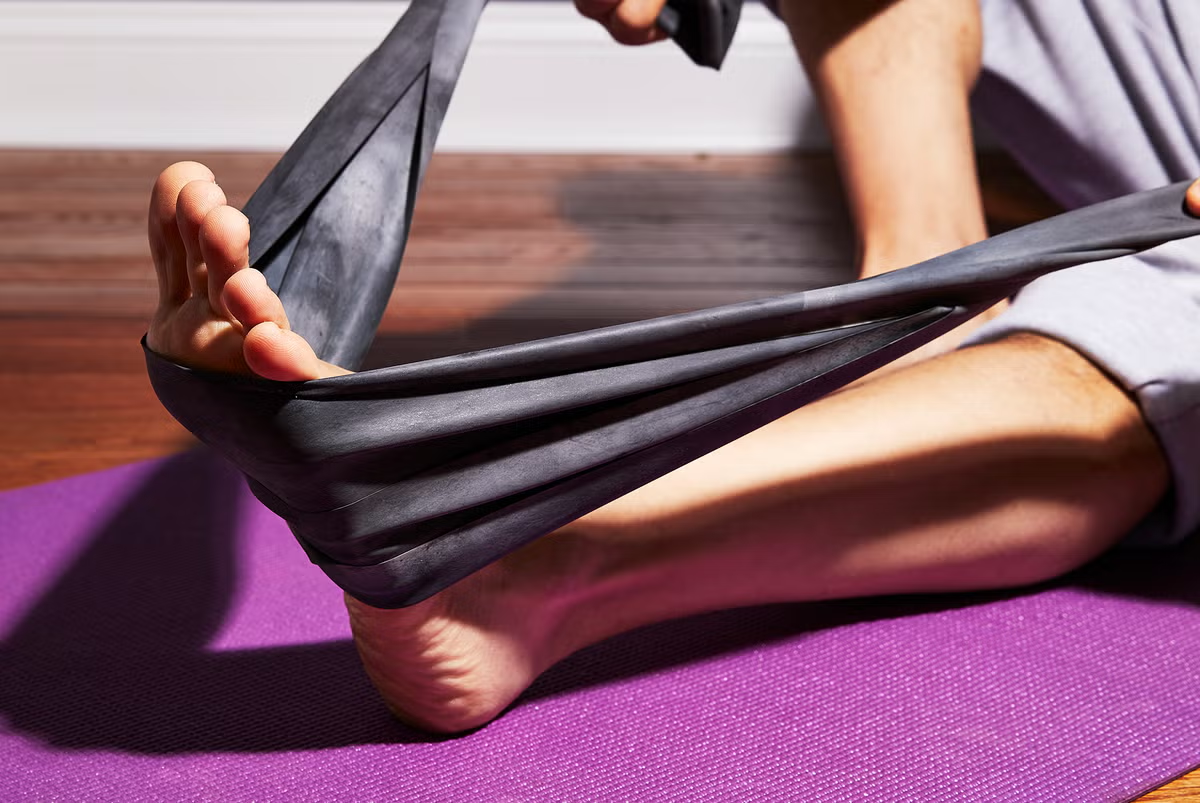What is Plantar Fasciitis?
The plantar fascia is a fibrous tissue along the bottom of your foot that connects your heel bone to the base of your toes. It supports the arch of the foot and absorbs shock when walking. And that would make Plantar Fasciitis an inflammation of that fibrous tissue. It is a real-pain-in-the-foot if you ask me! Plantar Fasciitis is the most common form of heel pain. One common symptom of Plantar Fasciitis is stabbing pain that often occurs with the first steps in the morning. As the body gets up and moves, the pain normally decreases, but it might return after long periods of standing or when you stand up after sitting.
What Causes Plantar Fasciitis?
Unfortunately, not too much is known about the cause of Plantar fasciitis. We do know that tension and stress on the fascia can cause small tears. Also, repeated stretching and tearing of the facia can irritate or inflame it. However, according to the Mayo Clinic there are several risk factors that may be noted. Such as:
Age
Plantar fasciitis is most common in people between the ages of 40 and 60.
Specific Types of Exercise
Activities that place a lot of stress on your heel and attached tissue can contribute to getting plantar fasciitis. These exercises are activities like as long-distance running, ballet dancing and aerobic dancing.
Your Foot Shape
Flat feet, a high arch or even an atypical pattern of walking can affect the way weight is distributed when you’re standing and can put added stress on the plantar fascia.
Obesity
Excess weight can put extra stress on your plantar fascia.
Occupations that keep you on your feet
Health care professionals, teachers and others who spend most of their work hours walking or standing on hard surfaces can be at increased risk of plantar fasciitis.
Treatment of Plantar Fasciitis
Unfortunately, even though Plantar Fasciitis is a inflammatory condition, it rarely responds to treatment with anti-inflammatory drugs like ibuprofen. However, using a combination of healing treatments seem to help the pain of plantar fasciitis. These healing treatments can use a combination of Ice and Massage and Stretching with recovery tools such as spiky balls. Of course rest of the injured foot is always a good idea.
- Ice and Massage
- Stretching
- Physical Therapy
- Rest
- Night Splits
- Supportive Shoes
- Plantar Fasciitis Insoles
- Surgery When Necessary
I have found that using supportive shoes during the work day has helped with my foot pain. I highly recommend the Brooks Ghost shoes. Many have found physical therapy to be helpful. I have recently been reading up on the use of night braces because they have proven to be incredibly helpful as well. The PowerStep Plantar Fasciitis Insoles has been receiving rave reviews. In the worst of cases surgery of the fibrous tissue may be required.



Leave a Reply